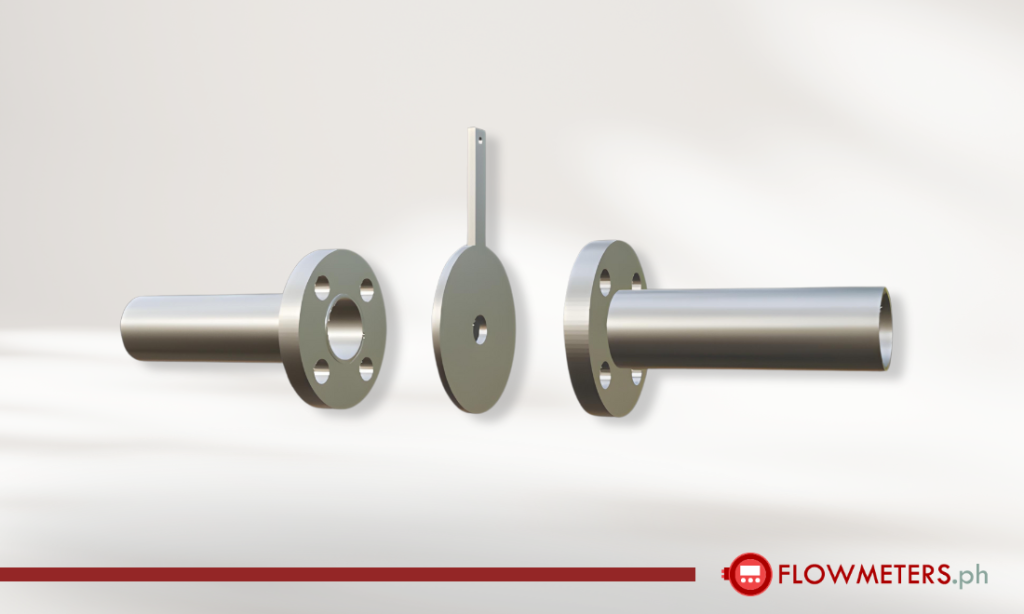
Pressure instruments have been used to measure the flow rate of fluids for as long as anyone can remember. Those with decades of experience in instrumentation and who are familiar with the history of the DP cell (also called differential pressure transmitter) might remember that it all began with “pure” pressured based devices. Using the word “pure”, we imply that the original flow meters were actually pressure gauges measuring a delta pressure or ΔP across a constriction, often in a closed conduit or pipe. The delta expression is something that is very common across all types of technologies and even to the extent that it is venerated among social groups who use it as a symbol.
Since the advent of using cables to transmit electrical signals, it made sense to begin to abandon pneumatic signals such as 3-15 PSI with a preferred voltage or milliamp signal (like 0-10V or 4-20mA ) and even introduce SMART signals on the same wire. A good example of this is HART where it is not necessary to lay extra cables to have a 4-20mA signal and at the same time be able to send and receive protocol headers on the same wires , similar to the way a person can speak on a wired telephone system and have ADSL working at the same time. So what we actually looking for in a DP transmitter? Most commonly it is the flow rate of a fluid, including liquids, air, gas and even steam. However, a DP cell can also be used to measure the level in a pressurized vessel if ports have been fabricated to sense the pressure at the higher and lower ends.

How do differential pressure transmitters work? How is flow rate calculated by measuring pressures?
First of all we have to constrict the flow using a device that will create a pressure drop. There are many ways to create a pressure drop but in order to easily visualize, we can start with introducing the orifice plate.
When it comes to fluid piping, an orifice plate is a common device. The orifice plate is literally shaped like a plate (that you would eat food off) except that it has a hole in the middle. This hole is a constriction for the flow.

Alternatives to Orifice plates might be venturi tubes, pitot probes, laminar flow elements, wedges in the pipe and flow nozzles.
DP Transmitters – Principle of Differential Pressure (Flow) Transmitter cont’d. How do they work?
The Flow velocity is calculated based on the differential pressure generated before/after an orifice plate. The pressure transmitters pick up/measure pressure at P1 and P2. The greater the differential pressure, the greater the flow velocity. Once the differential pressure data is available, a calculation can be applied. The differential pressure is proportional to the square of the flow velocity.

Since the orifice is of a known diameter and area , the volumetric flow rate can be calculated.










